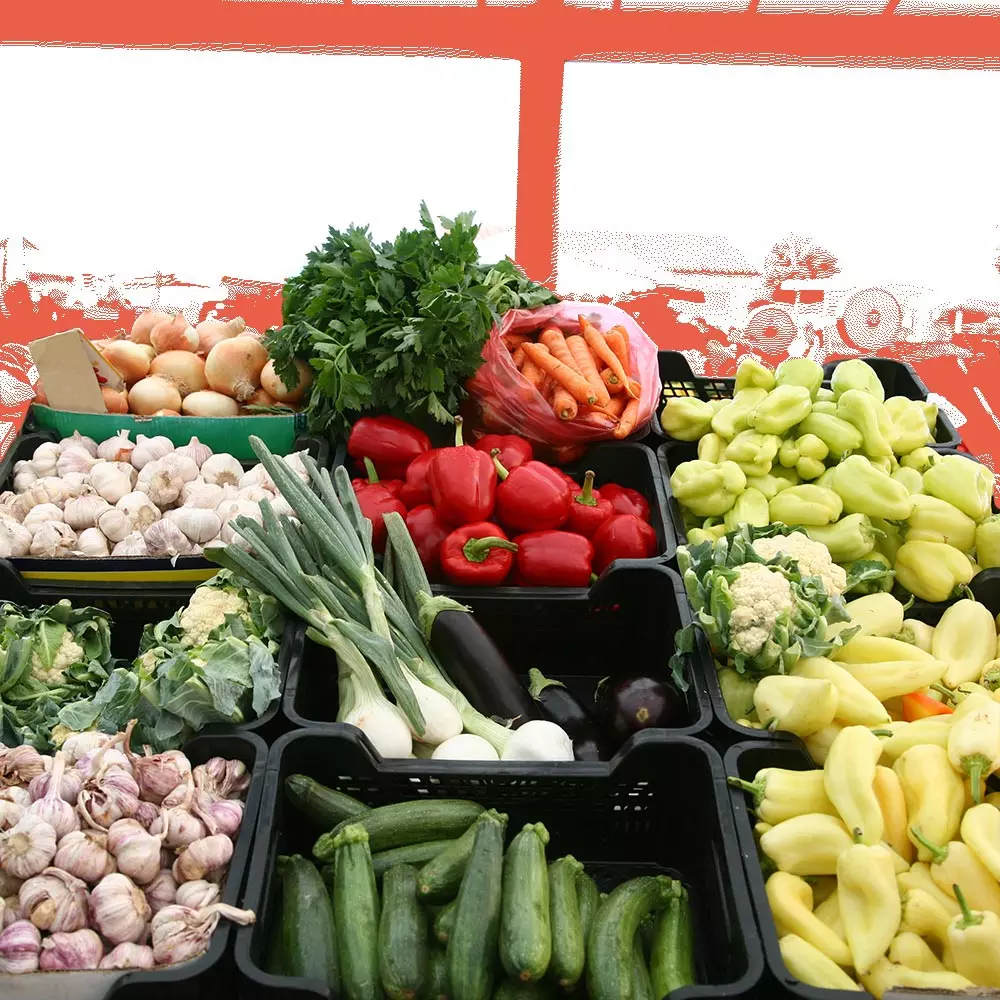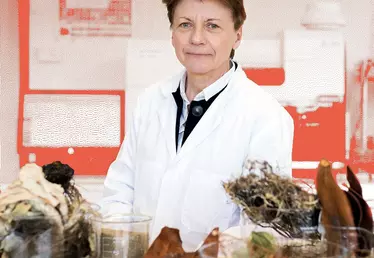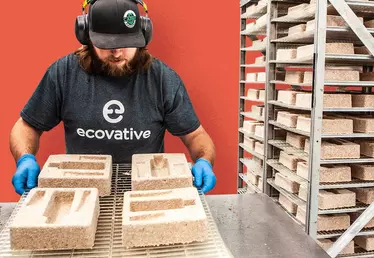

How can I minimize my carbon footprint at the supermarket?
4 min
Reducing our carbon footprint can be inextricably linked to the everyday choices we make. When it comes to the food we buy, both consumers and producers have the power to minimize environmental impacts. With more than one third of global greenhouse gas emissions coming from the food industry, every move counts.
Each food item we buy has its own carbon footprint, determined by the quantity of greenhouse gases emitted during its entire life-cycle, from production all the way to waste. This is referred to as the “cradle-to-grave” approach and is essential in helping us maintain a low environmental impact when deciding what to buy at the supermarket. The approach takes into account the production of raw materials, industrial processing, transport, storage, cooking, consumption and waste of any given product. While food producers have the largest burden on the environment, our choices as consumers can have an impact as well.
More than
one third
of global greenhouse gas emissions is coming from the food industry.
Take an egg, for example. Consuming just one egg emits between 260g and 330g of CO₂ into the Earth’s atmosphere. But before that egg reaches our plates, the hen that lays it will need to eat animal feed, which must be produced and transported to her. To keep warm, hens also need heating pumped into their sheds for optimal living conditions. Once the hen has laid the egg, it needs to be packaged and that packaging also needs to be produced. Packed up, the egg will then need to be transported from the farm to the shop, which often happens by van. We then buy the egg and in order to consume it, we cook it and most often discard the shell. Every step of the way requires energy, often generated by burning fossil fuels. So how can we shop to keep our carbon footprints as low as possible?
Buy seasonal products
The first step is buying seasonal products. When fruit and vegetables are in season, they can be grown without any artificial heating, meaning the conditions needed for them to be harvested don’t require extra energy. This golden rule should, whenever possible, be linked with buying local. When we buy strawberries from our local market, we are reducing the food miles required to transport the strawberries.
The reason these two rules are interchangeable is because local is not always best, it depends on the food item. Transport doesn’t increase the carbon footprint of high-carbon products like meat very much and accounts for less than 10% of carbon emissions in the global food supply. For example, lamb from New Zealand that is in season has lower carbon emissions than British lamb out of season, mostly because when weather conditions are apt the lamb don’t rely on animal feed and can graze on grass.
Diversify your proteins
Speaking of meat, it’s important to eat less of it and diversify our proteins. Meat, aquaculture, eggs and dairy use 83% of the world’s farmland despite providing only 37% of our protein and 18% of our calories. Generally speaking, lamb and beef have a higher carbon footprint than chicken and pork, due to their methane output. Cows also require the most pasture land and animal feed. An alternative would be to buy grains, beans, lentils, soya, tofu, nuts, seeds, mushrooms and seaweed, which all have high protein levels and require a lot less energy input to grow.
Meat, aquaculture, eggs and dairy use
83%
of the world’s farmland despite providing only 37% of our protein and 18% of our calories.
Avoid waste
Then comes the packaging. Buying in bulk is an easy and effective way of reducing our carbon footprint while at the supermarket, as well as bringing reusable shopping bags to transport our groceries home. Avoid waste that comes from plastic, carton or glass packaging as much as possible. If that is not an option, try to buy products with recyclable packaging.
And lastly, check the labels. Some products have labels to help consumers evaluate their climate impact. But be aware that organic doesn’t always mean the food item has a lower carbon footprint. Organic milk or olive oil both have lower carbon footprint than their regular counterparts, but the opposite is true for soy milk and organic free-range eggs, which have higher carbon footprints than their regular counterparts.
Share it:













